By Victor Van Scoit
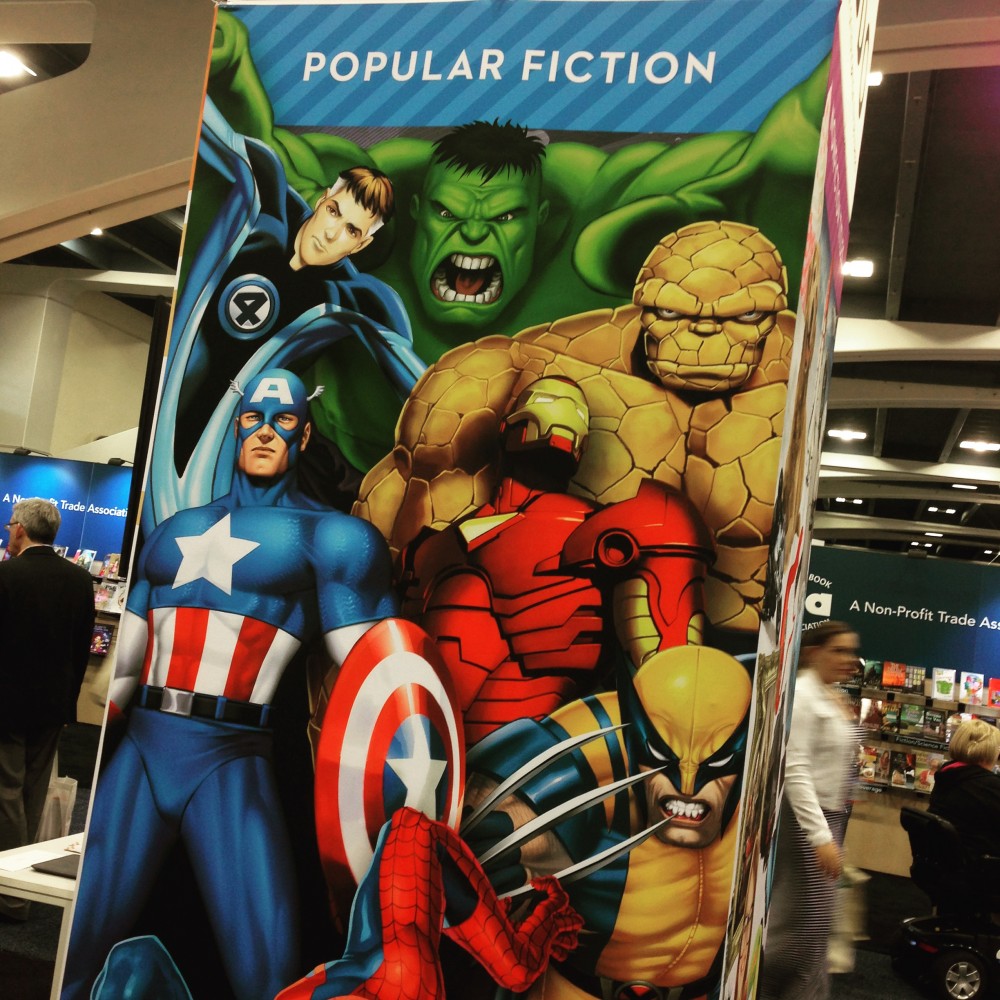
I’ve gone to comic book conventions for over 20 years now. Regardless of convention size I’ve come to expect certain items available such as areas for publishers and dealers, panel rooms, media personalities, and an attendee base that loves the comics medium. They were gathering points for the converted masses where one could acquire tangible artifacts of comic love, speak with actors who manifested fantasy into reality, and be a part of a tribe. Attending the American Library Association Annual Conference (ALAAC) last week, I had similar but smaller expectations. More so I was curious to see how comic books and their creators were presented and accepted at ALAAC. GraphiCon, what ALAAC bills as their mini-Comic Con dedicated to graphic novels with publishers area, Artist’s Alley, and a dedicated stage for graphic novel panels.
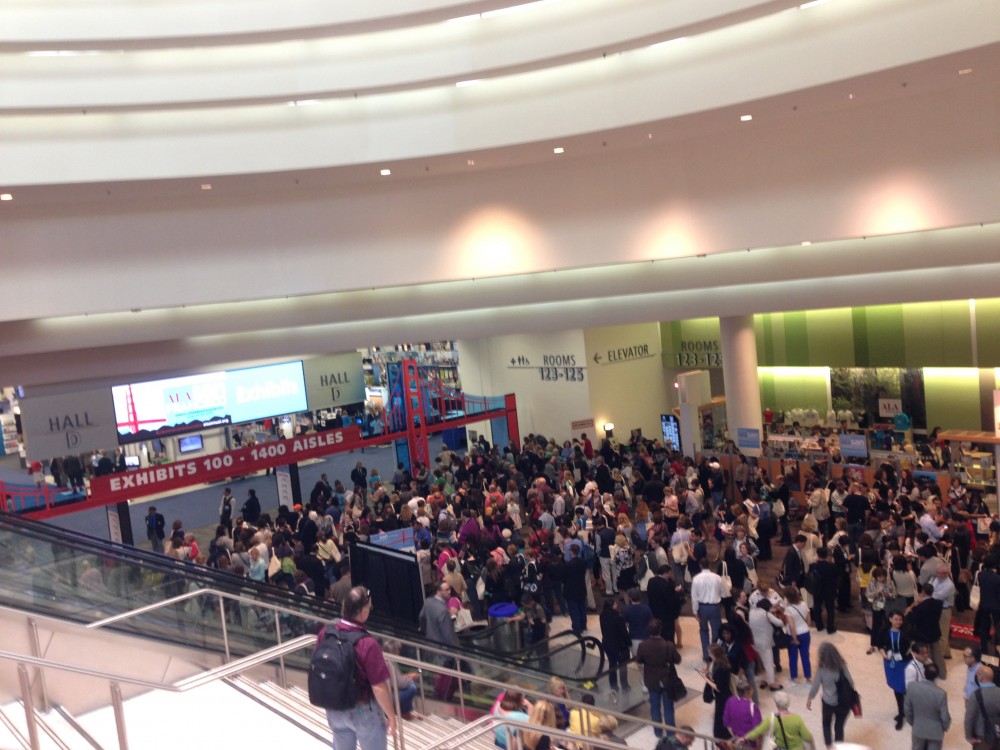
But GraphiCon wasn’t the only area to spot graphic novels. On the opposite side of the convention center I found Hoopla’s booth and preview their application. Hoopla had just announced their partnership with DC Comics and I got to check out a few issues from the library. The interface was responsive enough but I imagine the real boon was removing the worry of a physical issue being unavailable due to inventory, or fear of material being returned damaged. Considering 2015’s Will Eisner Graphic Novel Growth Grant recipient’s graphic novel selection is only 2.69 percent of its collection, yet accounts for 31.67 percent of its circulation, going digital could help solve some problems. And at several traditional book publishers’ booths there was at least one graphic novel on display as part of the catalog.
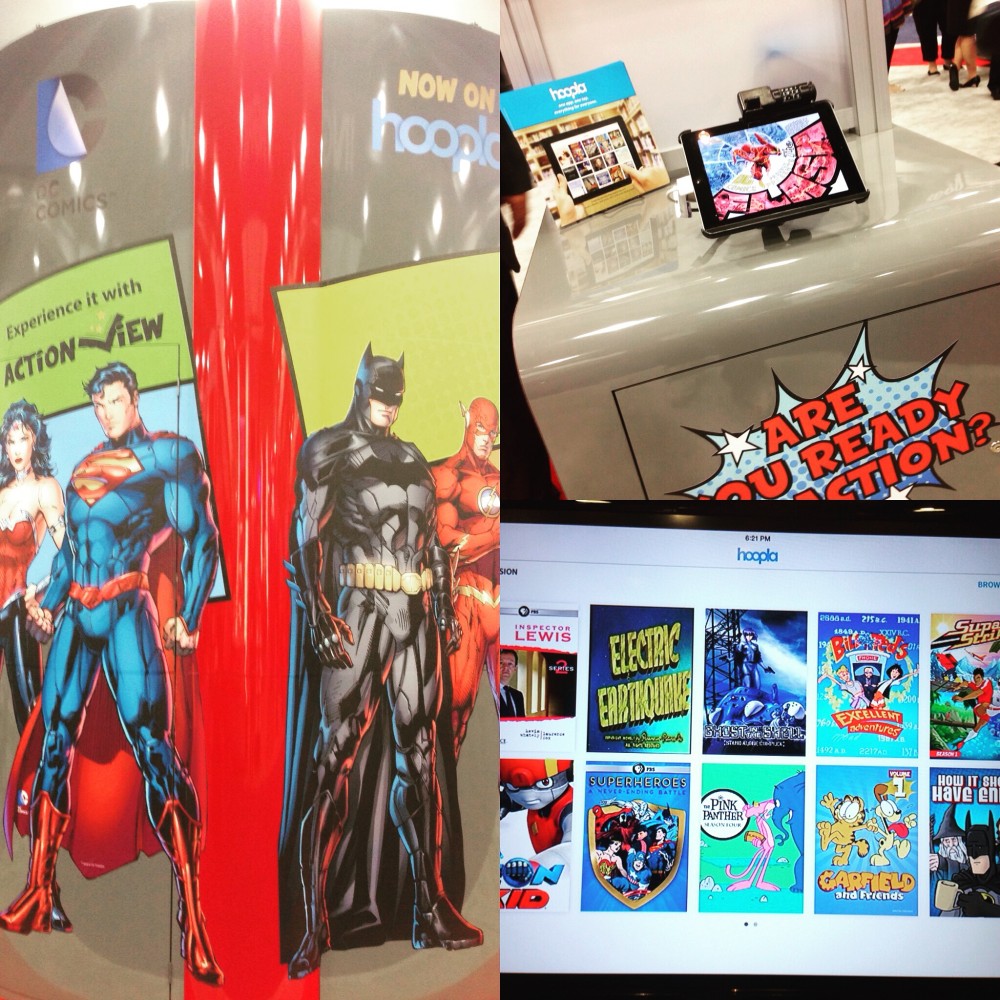
Over at the GraphiCon area attendees were eagerly interacting with the publishers in attendance including Oni Press, IDW Publishing, UDON, Image Comics, Dark Horse, Papercutz, and First Second. There wasn’t the typical crush of fans one might expect at a comic book convention at each of the publisher booths. The interactions were involved and engaging with attendees truly listening to the publishers about their catalogs and the galley previews they had available. That’s because in the past, librarians found it difficult to get information on graphic novels from publishers and sometimes had to buy books sight unseen. Sometimes this lead to the occasional content mishap hitting library shelves. Ultimately the librarians were working to establish relationships with the publishers and vice versa.
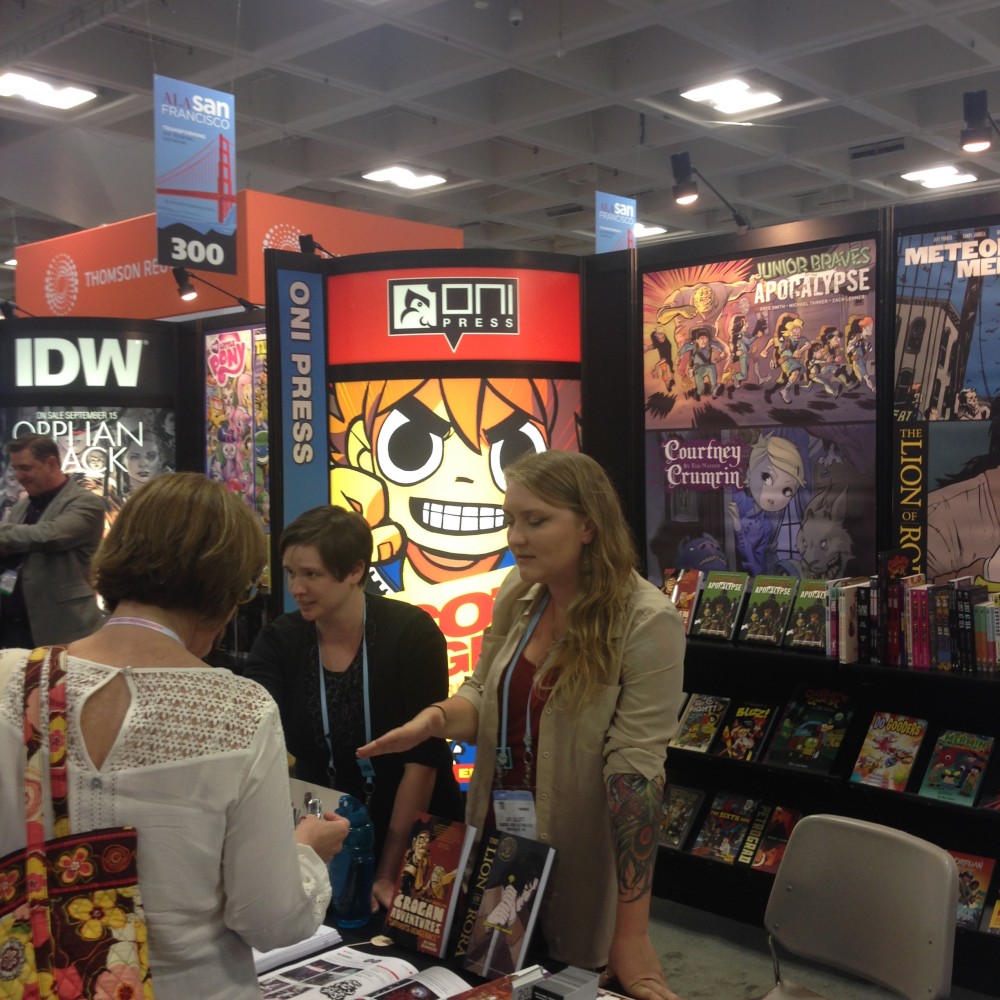
I noticed there didn’t seem to be much convincing required about the merits of comic books considering the amount of circulation they receive in libraries now. Alan Payne of IDW Publishing explained the interactions were still about education. Educating librarians already aware of the benefits of graphic novels on upcoming releases appropriate for their members/students, and educating librarians new to comics and providing guidance on where to start and curate a collection. If publishers weren’t selling any titles I wondered how impact and success was tracked. Alan admitted that it’s difficult to measure a successful ALAAC since there’s little data that makes its way back to them since libraries don’t acquire directly from the publishers, but the distributors. Sven Larsen of Papercutz echoed the sentiment but stressed that ALAAC was about participating in the community of librarians. The concept of success at an ALAAC was about “reaching out to the influencers who can start lifelong habits. Education goes above promoting your own brand.” It left a good feeling that the industry didn’t have be about commerce at every convention, contrasted with traditional comic book conventions where capitalism is paramount and manifests in many forms whether it be financial, marketing, or even access.
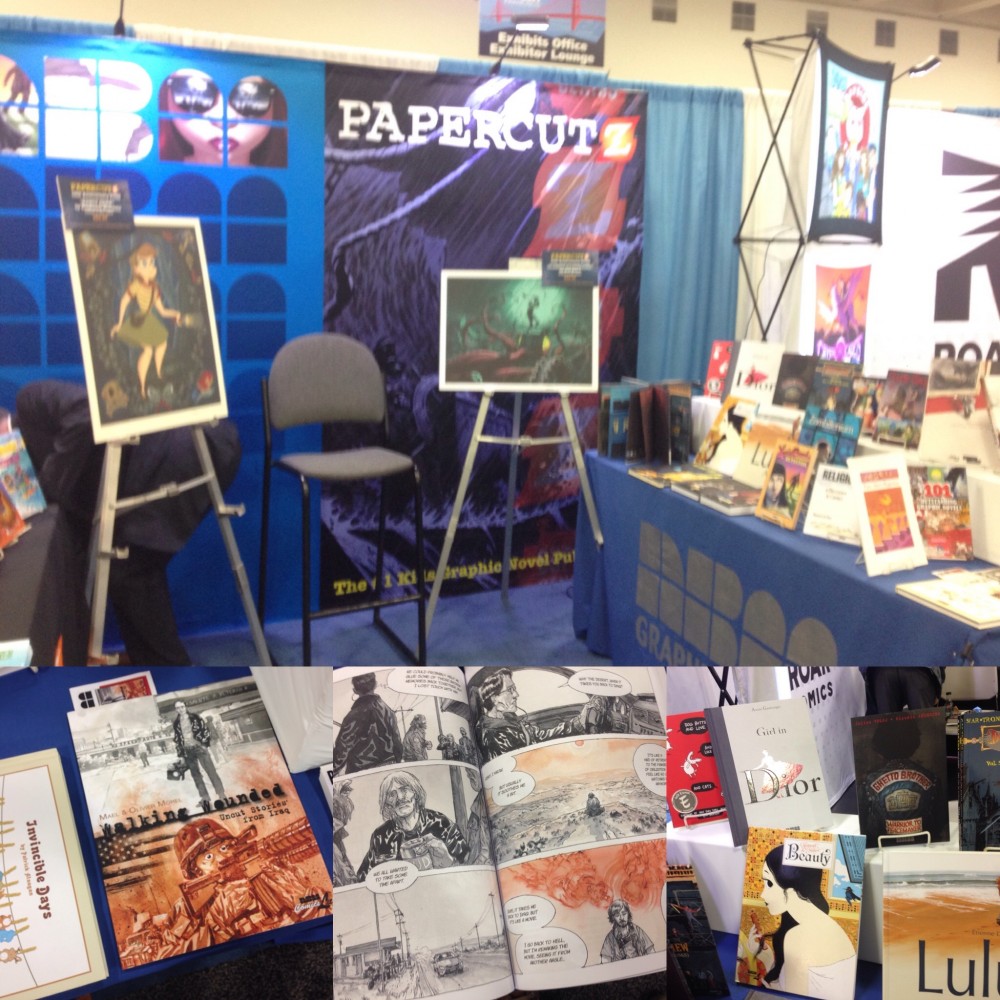
Artist’s Alley, on the other hand, was an opportunity to buy books and make a connection with the creators. There were over forty creators that included Eisner award winners, popular illustrators, and book award winners including Raina Telgemeier, Nick Dragotta, and Gene Yang. The artists had spacious booths and a wide aisle that wasn’t cramped, which I appreciated as I walked up and down. Creators like Raina and Gene had more traffic than others due to attendees’ awareness of their literary award winning books. Otherwise it was fairly easy for an attendee to get some one-on-one time with an artist. Basically if you were a comic fan you were in sketch heaven. Otis Frampton, creator of Image’s Oddly Normal, was a first timer and didn’t know what to expect. Otis had explained that sales were low and that he’d have to sell more at other conventions to make up for the expense. That said, he pointed out that every convention was different and one needed to adapt to the opportunities available. In this case it was to connect with librarians who can get an artist’s book into libraries, and connect with book fair creators like Scholastic. It was balancing immediate financial gains with long term strategic ones. Otis also called out the most notable difference between ALAAC and other comic book conventions – “No costumes.”
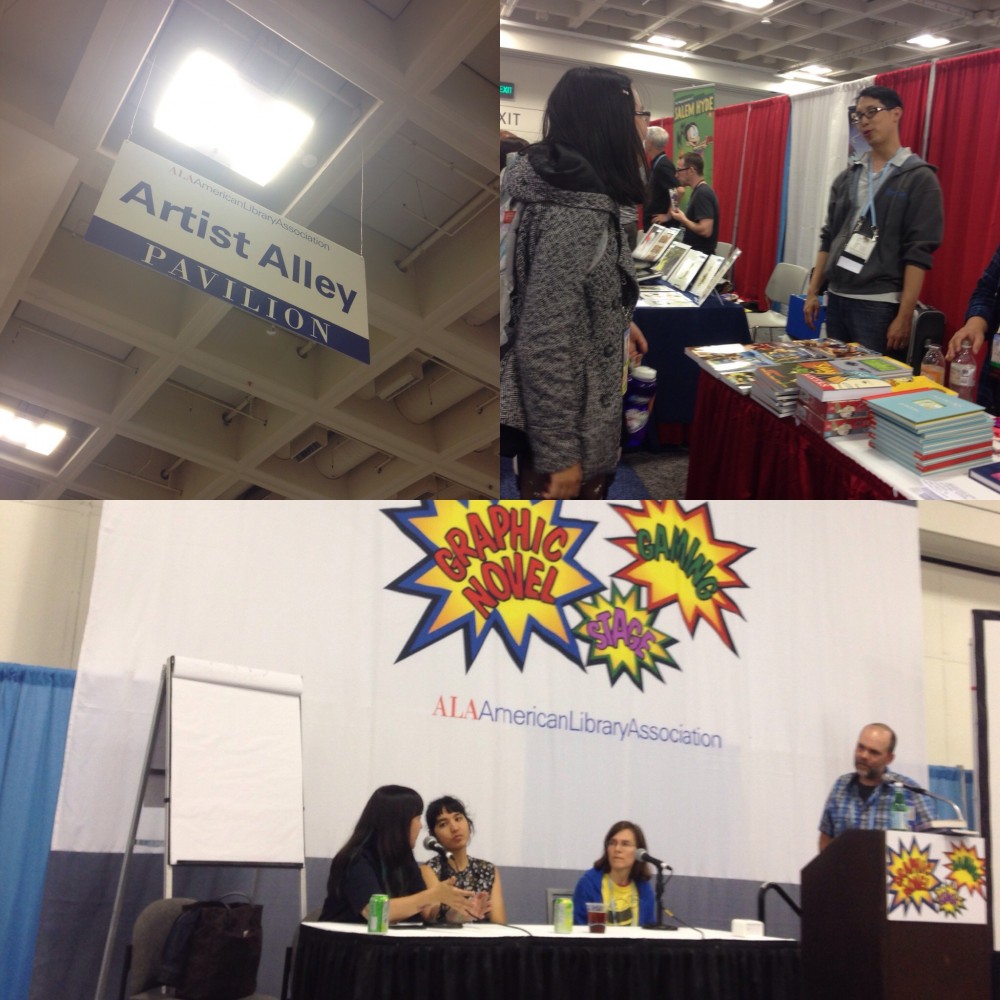
ALAAC offered a third opportunity for librarians to gain insight to graphic novels and the creators behind them. Located beside Artist’s Alley was the Graphic Novel/Gaming Stage with programming geared towards learning about graphic novels and learning how comics in the library and classroom can help inspire reading. Panel theme varied with a few examples being Award Winning Authors: Their Books, Process, and the Future with Cece Bell, Mariko Tamaki, and Jillian Tamaki; Celebrating 10 Years of Graphix! with Raina Telegemeier, Dave Roman, Jenni Holm and Craig Thompson; Howtoons with Nick Dragotta and Dr. Saul Griffith. At those panels and others audience members asked questions and some took notes. It was evident that attendees were making the most of this learning opportunity.
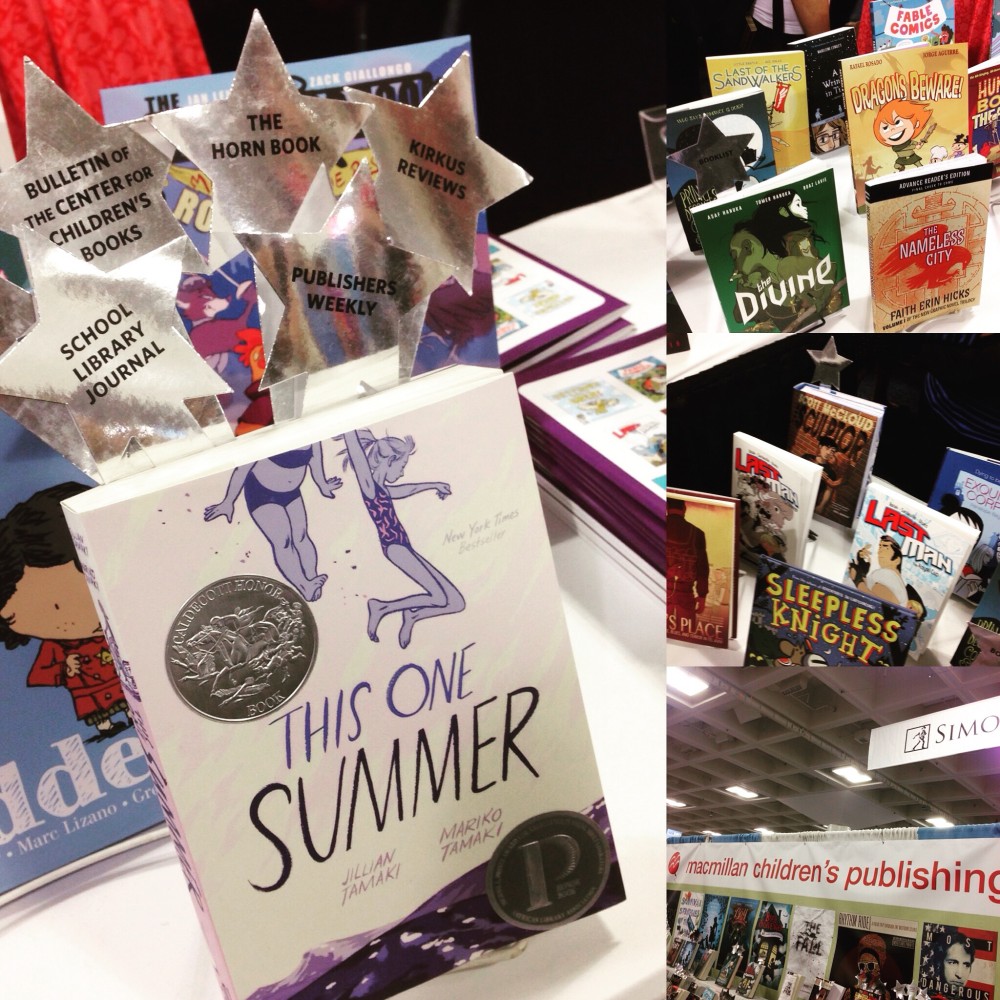
In spending the weekend at ALAAC I realized that while these librarians didn’t wear costumes, they were heroes and champions of comics and graphic novels. They’re the real advocates, evangelists, and tastemakers to the next generation of readers. Conferences like ALAAC allows them access to publishers and creators so they can learn what and how to curate and grow their collections as circulation increases for graphic novels in their libraries. Graphic novels are no longer seen by librarians as a genre for superheroes but a medium for a variety of content and topics to be covered. That’s easily evidenced by the awards passed on to graphic novel creators from the literary world. The only thing I’m uncertain of, and I’m sure some creators are as well, is how to break into this literary world. If they can there’s smart people keen to get books out to those who not only need them, but want them.
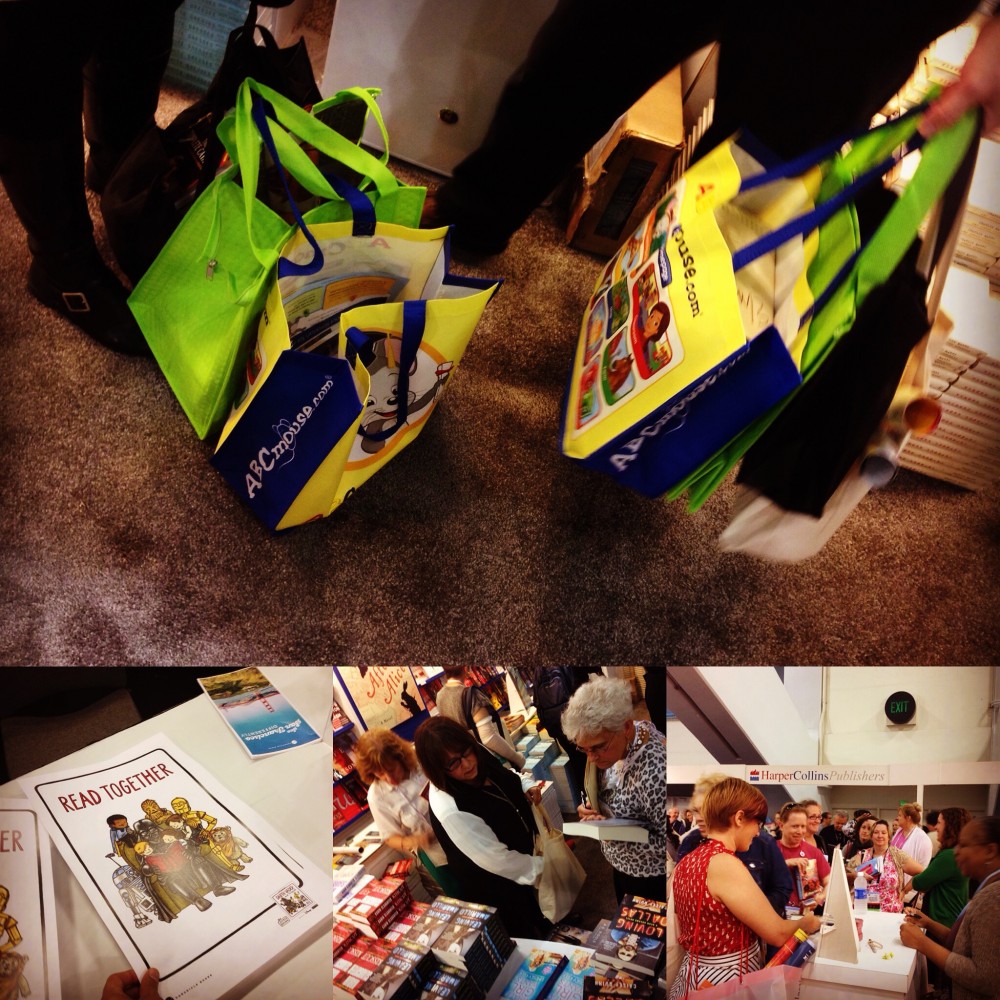



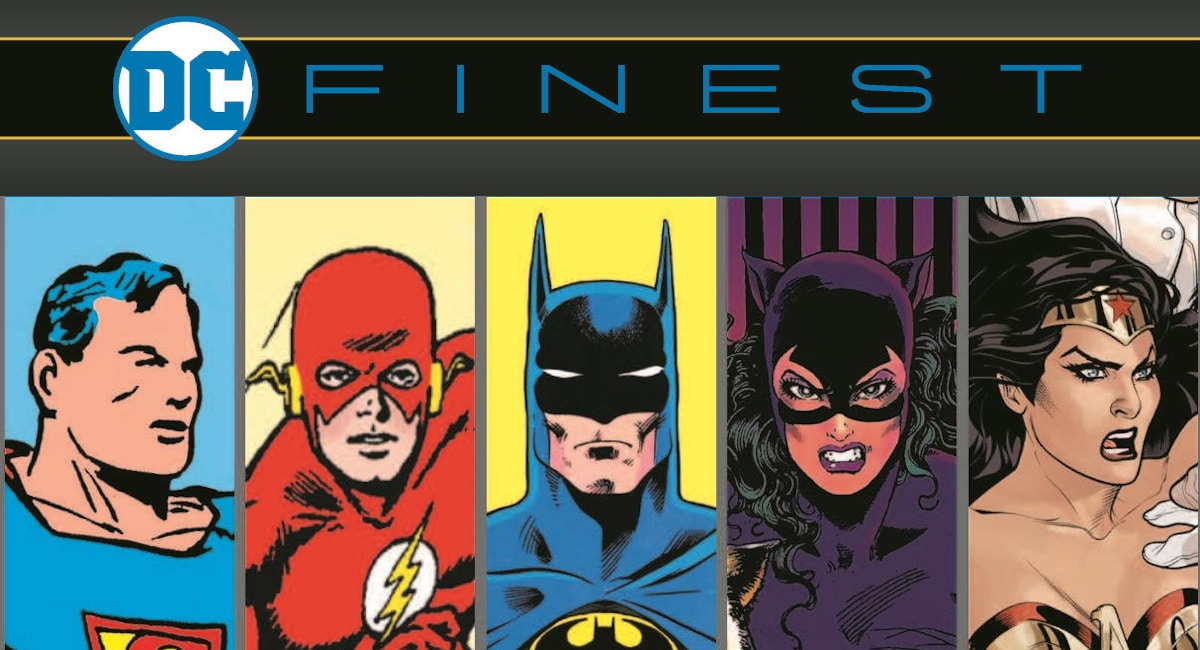
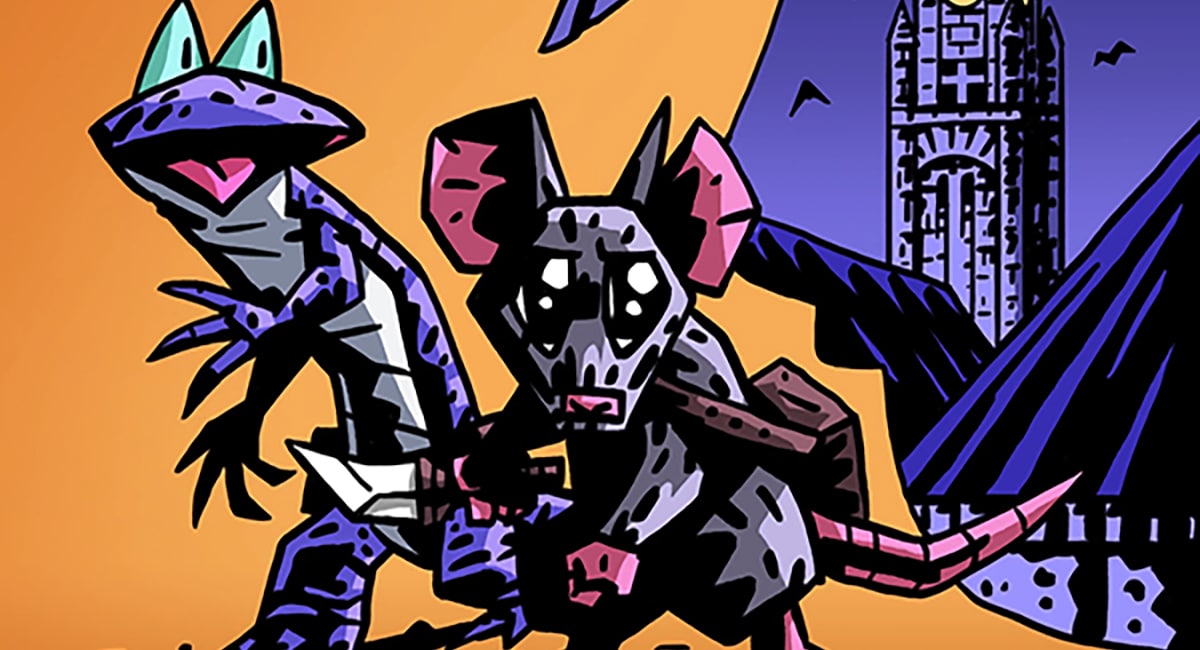
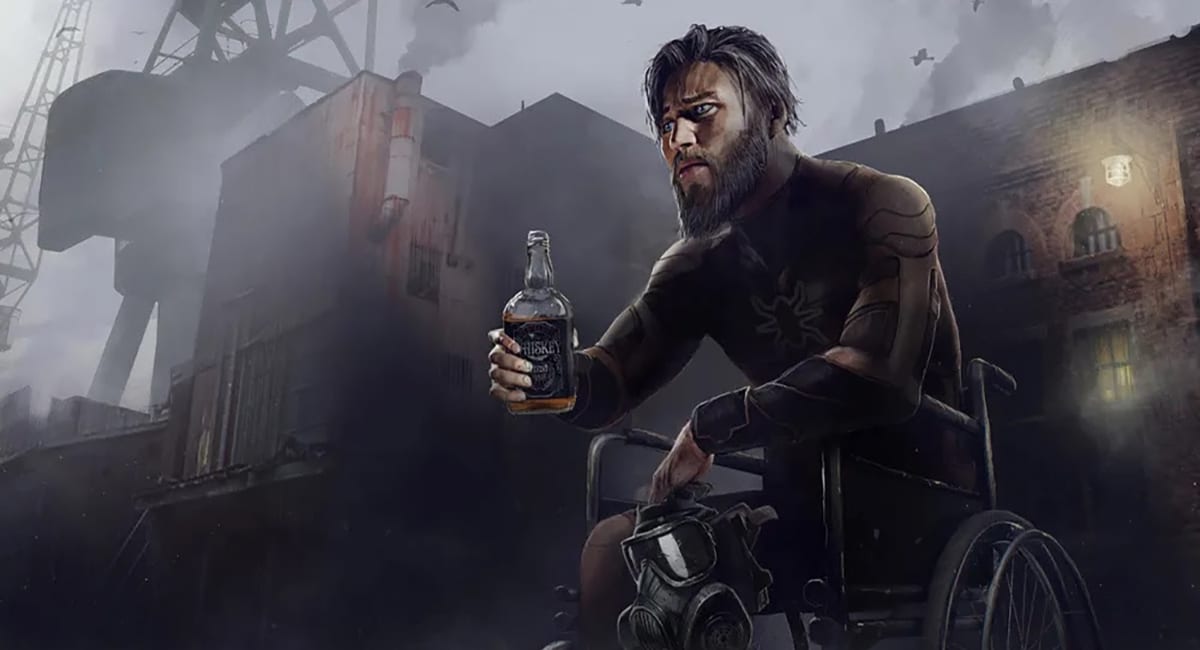



Always my favorite comics show of the year! Lion Forge had a great time introducing our line to librarians who are at the forefront of comics advocacy out in the wider world. Our Roar kids’ line was in full effect with signings and sketch sessions, too, comic-con style. It’s probably one of the most jam-packed shows in terms of value per interaction — each conversation is a door opening to a major opportunity to spread the comics gospel!
Comments are closed.